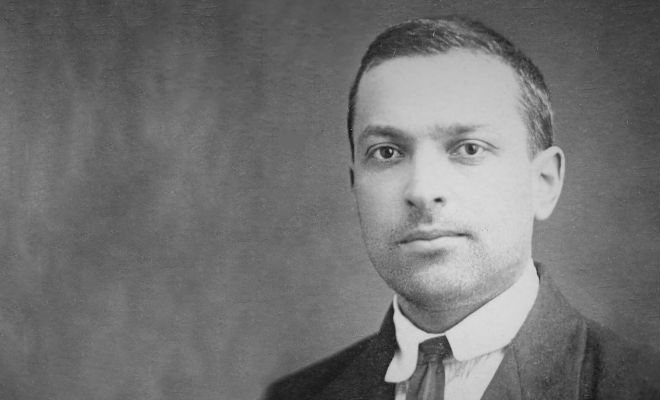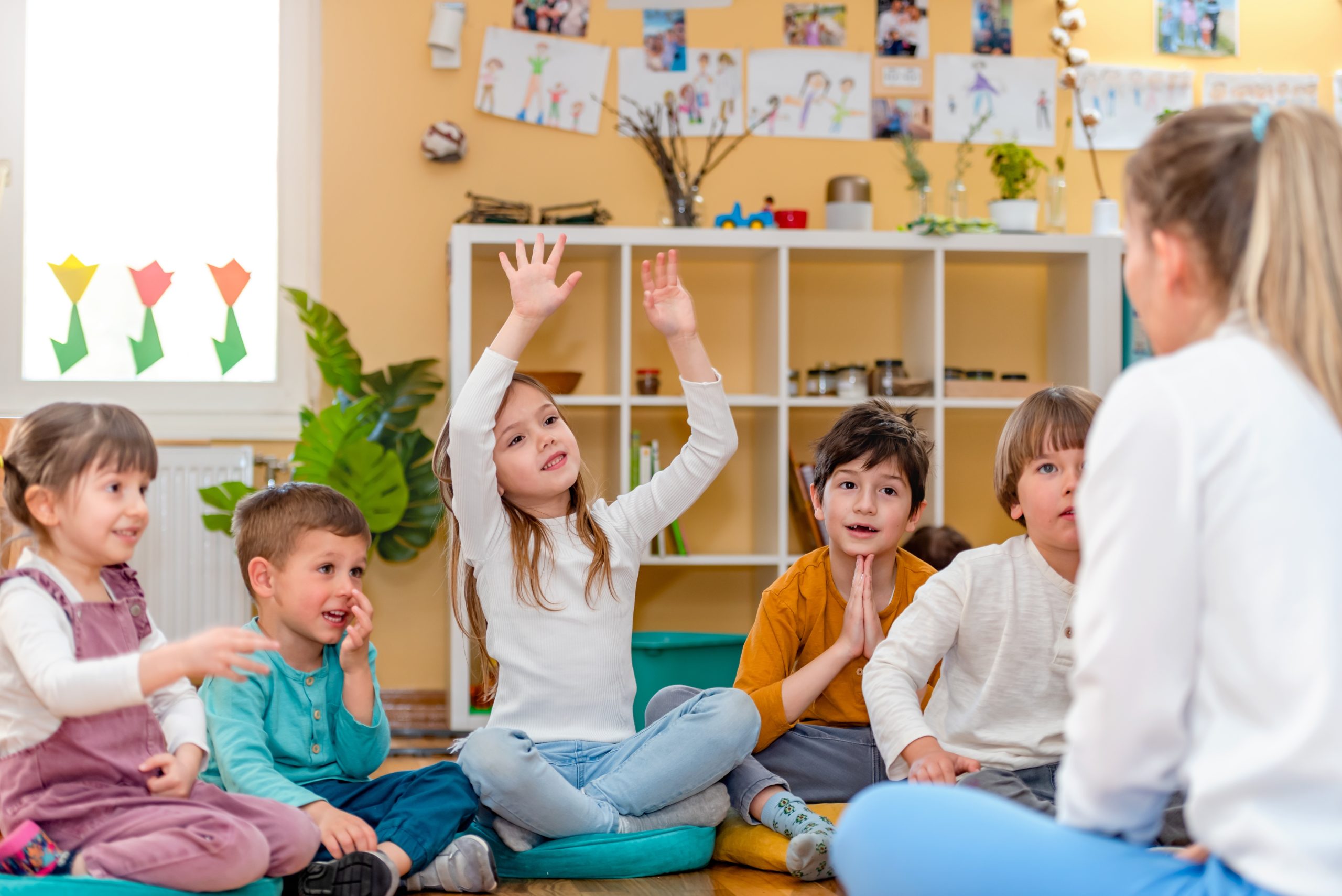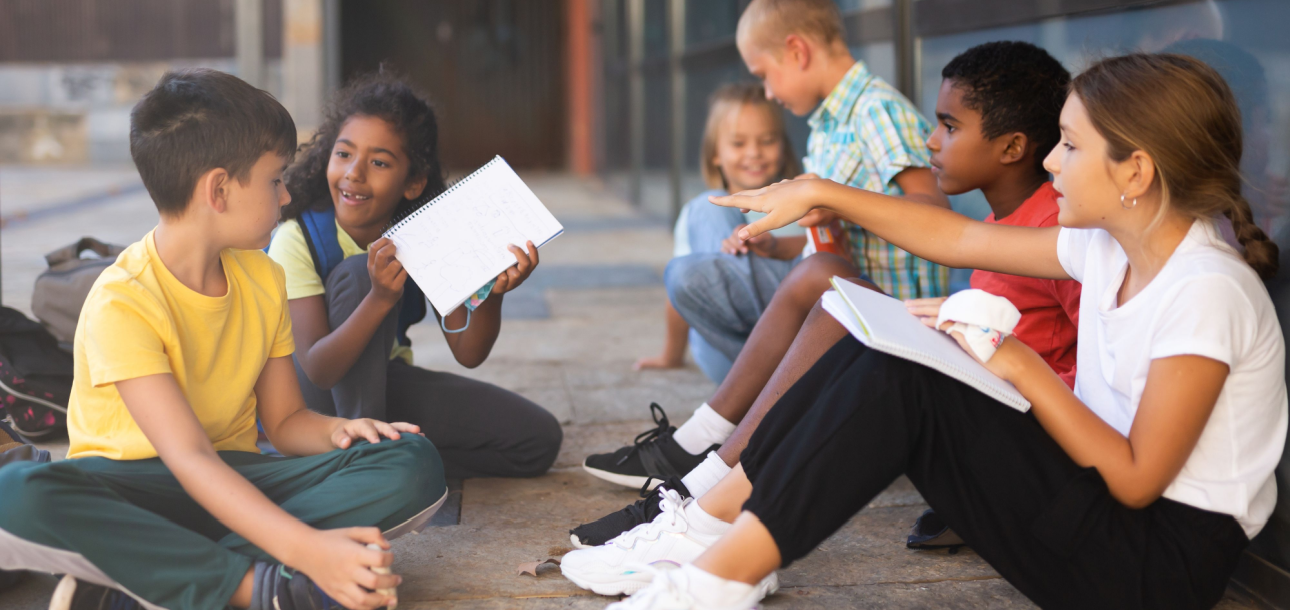Education, in many ways, is an art as much as it is a science. The development of knowledge comes through many different mechanisms, and one of these is Lev Vygotsky’s Zone of Proximal Development theory. Often abbreviated as ZPD, it is a cornerstone of cognitive developmental psychology. At its core, it hinges on a straightforward but impactful idea: learners navigate, with help from others and through social interactions, between what they can achieve independently and what they can achieve with guidance. The implications of this for educators are far-reaching. ZPD allows us to gauge better where a learner stands—not just in terms of what they know, but what they could know with the right nudge. It's the difference between pushing students into frustration and guiding them into a zone of achievable challenge. This is not a standalone theory; it can operate in conjunction and in partnership with other approaches. In this article, we’re exploring the nuances of ZPD, its implications, and its significant ties to other pedagogical theories.

The Zone of Proximal Development
The Zone of Proximal Development (ZPD) could be conceptualised as the sweet spot where genuine learning unfurls, a space where students sail between what they can do independently and what they might achieve with a little nudge.
The Tri-Partitioned Model
The ZPD can be divided into three distinct zones: 1. What a learner can do without help This is the realm of mastered skills, where tasks are straightforward and come naturally to the learner. 2. What a learner can do with help The crux of the ZPD; the space where students need guidance from teachers, peers, or tools. With this support, they can transcend their current capabilities. 3. What a learner can't do (even with help) This zone includes tasks currently out of reach, no matter the amount of support. But with time, patience, and practice, these tasks may one day fall within the learner's abilities.
Vygotsky's Social Emphasis
Vygotsky wasn’t just a theorist; he was also a keen observer. He noticed that learning wasn't solitary but was intrinsically linked to our connections with others. An emphasis on the social nature of learning sets Vygotsky's work apart. "Through others, we become ourselves." - Lev Vygotsky
Social Interactions in Learning
In school, paired assignments can feel like a chore but often lead to more in-depth understanding as well as some extra interpersonal skills. Group projects can turn out to be a treasure trove of diverse thoughts and solutions. Vygotsky proposed that our ability to learn, to progress to the zone of being able to achieve things independently, is deeply intertwined with our interactions. This dialogue with peers, teachers, or even with tools helps learners push boundaries, challenge assumptions, and make sense of complex ideas.
Solo Learning: The Other Side of the Coin
While valuable, solo learning presents challenges. There's beauty in introspection and self-paced discovery. However, without external inputs, learners often find themselves boxed in, unable to see beyond certain boundaries or recognise biases in their understanding. The lack of feedback and varying perspectives can sometimes limit the breadth and depth of solo explorations. 
Practical Classroom Implications
The beauty of theory is in the compass it provides. But how do we apply the direction given by Vygotsky's ideas to the nitty-gritty of day-to-day teaching? The Zone of Proximal Development (ZPD) can be a game-changer for tailored classroom instruction; here’s how.
Identifying a Student's ZPD: It’s Like Hitting the Sweet Spot
Educators can use cues to gauge a student's ZPD. This means observing their level of independence, noting their comfort zones, and recognising the areas where they need a gentle nudge. Those 'aha' moments are very insightful; they often signify a student’s transition within their ZPD.
Harnessing ZPD for Classroom Magic
Once a student's ZPD is identified, opportunities for tailored instruction will open up. It’s all about creating achievable challenges that cater to where the student is; knowing when to step in with guidance and when to let them soar. Picture this: a teacher's bustling classroom. She spots Lucy, pencil in hand, brows furrowed over her fractions. But when it comes to whole numbers, Lucy's face lights up with understanding. Using her insights into Lucy’s ZPD, the teacher groups her with peers of varied abilities. Those who have a better grasp on fractions might help her move towards independent understanding. She might be able to provide help to others with the knowledge she does possess. Tailored projects or assignments can help achieve this mutual aid.

Critiques and Considerations
Anyone who’s been reading our blog will be no stranger to the vast and varied world of educational theories. These present educators with an array of perspectives, each bearing unique strengths and weaknesses. For all its utility, Vygotsky's Zone of Proximal Development has not been immune to criticisms. One of the key critiques is the perceived ambiguity of the ZPD. While its foundation lies in the difference between what learners can do alone and with assistance, the boundaries of this zone are not always clear-cut. How do we precisely measure the beginning and end of a student’s ZPD? And how do we ensure that our assistance doesn’t inadvertently create a dependency, stifling the learner's natural progression? While Vygotsky championed the importance of social interactions in the learning process, some argue that the theory places an overemphasis on this aspect. Some say that individual cognitive processes, which equally shape learning experiences, may be underrepresented. Solo learning, introspection, and self-paced exploration are also pivotal in the holistic development of a learner. It is essential for educators to strike a balance, recognising the benefits of ZPD and social learning while also taking into account other needs and considerations.
Vygotsky vs. Piaget: Different Lenses
Few educational theory debates have been as intriguing and enduring as those between proponents of Lev Vygotsky and Jean Piaget. Both giants' theories have significantly shaped our understanding of child development and learning. To integrate their insights into the classroom, it’s important to understand their distinct approaches. With his emphasis on the Zone of Proximal Development, Vygotsky believed that social interaction is the bedrock of learning. For him, cognitive development is deeply intertwined with societal and cultural interactions and children's learning is directly linked to their interaction with peers, adults, and their cultural milieu. This relational dynamic emphasises scaffolding—providing learners with the right support until they can independently navigate tasks. On the other hand, Piaget puts forth a more structured and staged approach. His theory of cognitive development segments the child's learning journey into specific developmental stages: sensorimotor, preoperational, concrete operational, and formal operational. Each stage is characterised by unique ways of thinking and understanding the world. Piaget focuses on the learner's internal processes, emphasising how children construct knowledge based on their experiences and interactions with their environment. "The principle goal of education is to create individuals who are capable of doing new things, not simply of repeating what other generations have done." - Jean Piaget A classroom can marry both viewpoints to create an environment where individual exploration is revered AND collaborative learning experiences and guidance can amplify this exploration. While Vygotsky and Piaget may seem to stand at two ends of the spectrum, they converge on the importance of context in learning—social or environmental.
In Summary
Vygotsky's ZPD theory and belief in the potent interplay between learning and social interaction is not just a historical footnote; it's palpably present in our classrooms today. It’s seen when teachers observe students collaborating on projects or apply scaffolding techniques to make challenging content more accessible. His work can provide today’s teachers with tools for better practice. The wisdom of educational trailblazers is helpful in classrooms, but theories develop and evolve with age. Picking and mixing different approaches and ideas is a crucial skill! To learn more about educational theory and other relevant, important topics, take a look at our range of CPD courses for teachers.
Further Reading & Resources
- Thought and Language by Lev Vygotsky - A seminal work, this book showcases Vygotsky's exploration of the intrinsic relationship between thought and the ways we express it.
- Mind in Society: The Development of Higher Psychological Processes by Lev Vygotsky - Another pivotal work from Vygotsky, dissecting the social roots of cognition and thought processes.
- Vygotsky's Educational Theory in Cultural Context, edited by Alex Kozulin, Boris Gindis, Vladimir S. Ageyev, and Suzanne M. Miller - A collaborative deep-dive on Vygotsky's theory in relation to current cultural contexts.
- The Psychology of Art by Lev Vygotsky - Vygotsky's observations on art's psychological impacts make for a riveting read.
- The Cambridge Handbook of Cultural-Historical Psychology edited by Anton Yasnitsky, René van der Veer, and Michel Ferrari - This handbook offers an extensive overview of cultural-historical psychology, with Vygotsky as a key figure discussed.


